10 Tech Trends to Watch for in 2019
If you’re going to invest for growth, it’s almost impossible to avoid technology stocks.

If you’re going to invest for growth, it’s almost impossible to avoid technology stocks. After all, technology is seeping into every aspect of our daily lives, becoming a bigger part of commerce, industry, health care and more – and the stocks that enable these shifts will continue to gobble up market opportunity at the expense of “the old ways.”
But naturally, if you’re going to invest in technology, you need to be aware of the highest-opportunity tech trends.
Just look at the past couple of years. The rise of cryptocurrencies, as well as their precipitous fall back to earth, set graphics cards maker Nvidia (NVDA) aloft before dragging it back down in late 2018. The plateauing of global smartphone sales finally caught up with Apple (AAPL), which had no choice but to keep hiking iPhone prices to stratospheric levels … and ended the practice of reporting unit sales, which some experts fear is meant to mask a disappointing new trend. The list goes on.
What will shape the future of technology stocks in the year ahead? Here’s a look at 10 top tech trends to watch for in 2019 – and the companies that may rise and fall as a result.
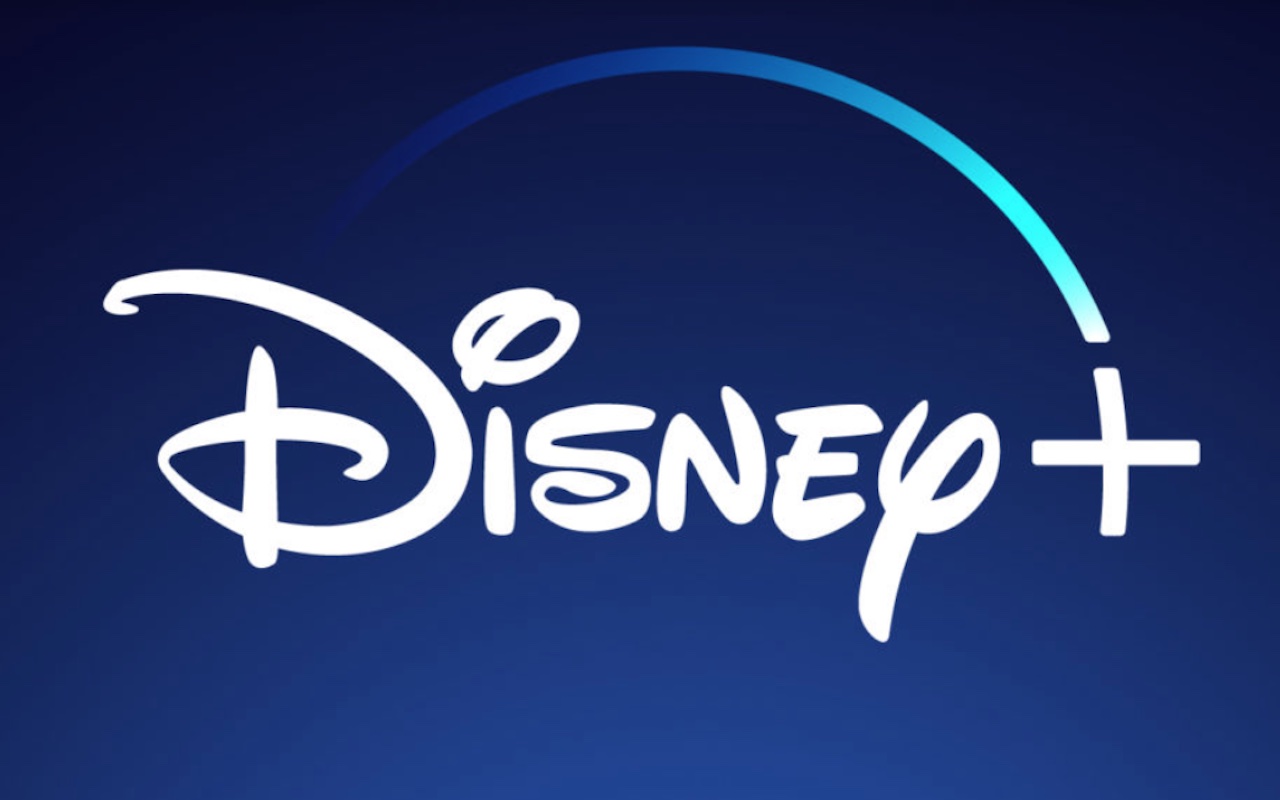
Streaming Video Competition Heats Up
Netflix (NFLX) has been having its way with the online video streaming market, adding 28.6 million new customers in 2018 – the vast majority of those in international markets. Netflix’s roughly 58 million U.S. streaming customers as of the third quarter of 2018 was more than double Amazon.com’s (AMZN) 26 million and Hulu’s 20 million.
Those services, as well as Alphabet’s (GOOGL) YouTube, are attracting viewers, too, but none have proven a disruptive threat … yet. 2019 may be the year Netflix faces real competition.
In addition to all the aforementioned threats, Apple also is pouring money to acquire content for its expected foray into streaming video. This is the same company that quickly went from zero to being the world’s second largest streaming music company – Apple Music now has more than 50 million paid subscribers just three-and-a-half years after its launch.
The bigger danger to Netflix is likely to be Disney (DIS), which is expected to launch its Disney+ streaming service near the end of 2019. Disney boasts the Star Wars and Marvel franchises (which Netflix will lose access to), decades worth of ABC TV programming and assets from its acquisition of 21st Century Fox’s (FOXA) film and TV catalog – a vast content library it can use to take on Netflix.
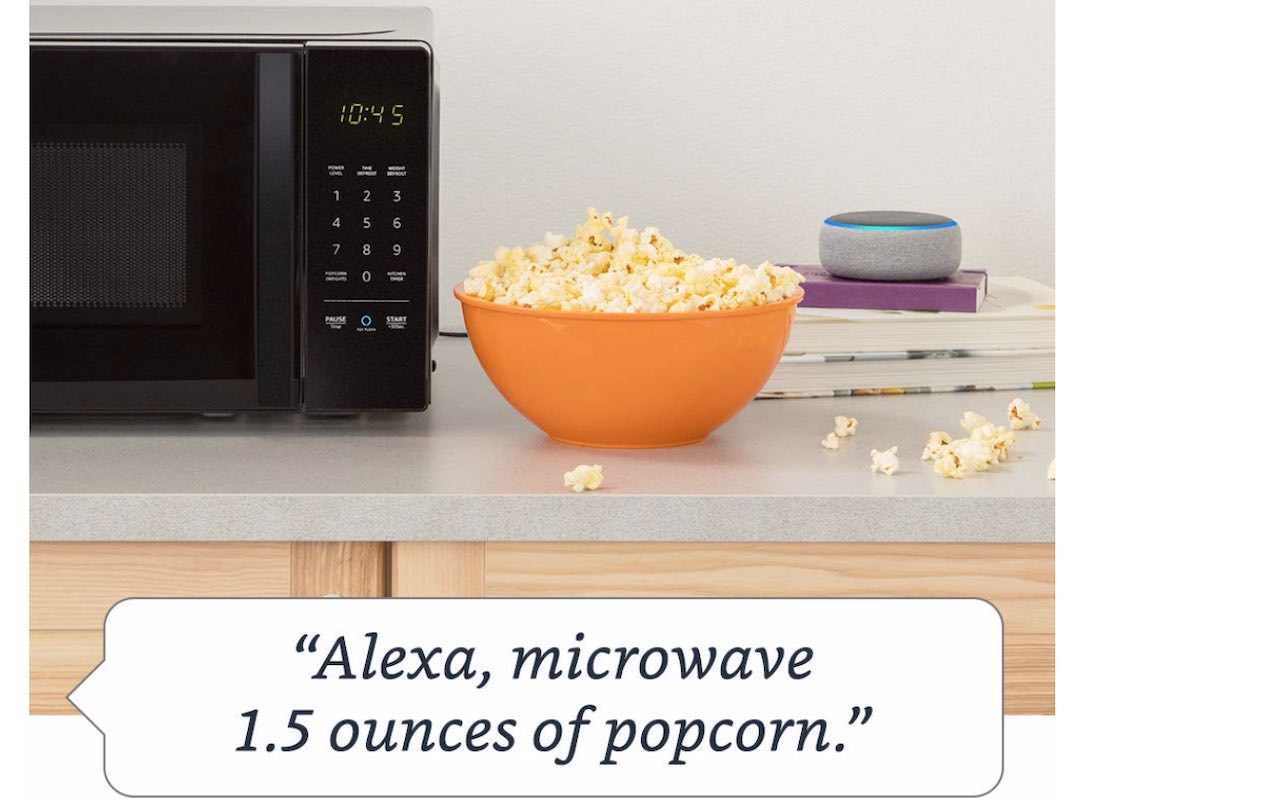
More Alexa, More Google Assistant
Tech companies are determined to own the smart home. Amazon upended everything by integrating Alexa – the company’s personal digital assistant – in the Echo smart speaker, countering the reach Apple’s and Google’s virtual assistants gained via smartphones.
Smart speakers enjoyed a blowout holiday-season quarter as Amazon and Google both slashed prices to simply stuff their gadgets into as many homes as possible. Apple finally released its HomePod early in 2018, but cost is relegating Siri to a bit role in this market.
Google and Amazon are now pushing to integrate their digital assistants into as many devices as possible, including third-party products. Amazon has gone so far as releasing its microwave oven with integrated Alexa voice control.
Expect 2019 to see Alexa and Google Assistant baked into an even wider range of home products, from TVs to appliances, as the battle for smart home dominance escalates.
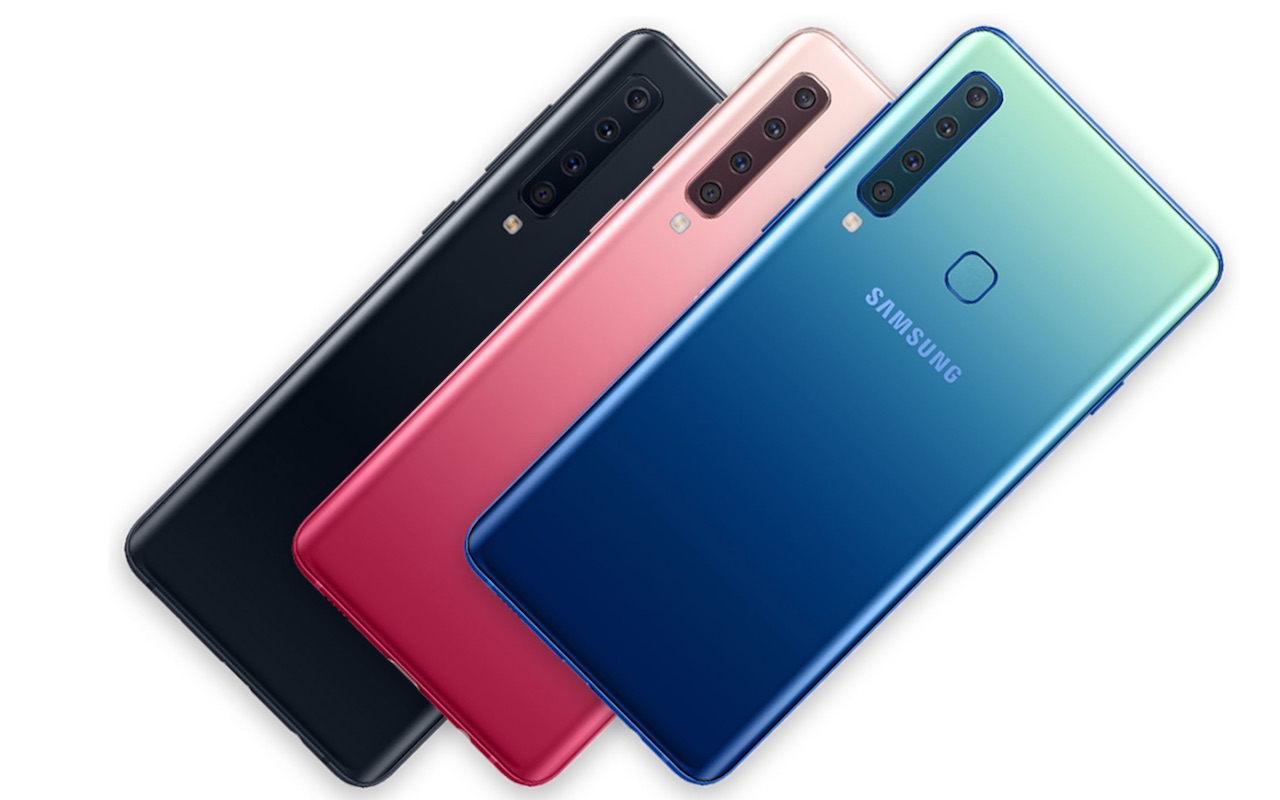
Smartphones With an Array of Cameras
Smartphones have been blamed for all but killing off point-and-shoot cameras; consumers simply turn to their phones for casual photography because the cameras are pretty good and always on hand.
But Apple started an arms war in 2017. Apple brought dual-camera systems into the mainstream with the iPhone 7 Plus. It featured two primary cameras: one wide angle and one telephoto. That kicked off an arms race among smartphone makers who realized many people would love to have their smartphone replace a DSLR, too, with multiple lenses allowing more professional-quality photos. Multiple cameras also make it easier for smartphone makers to offer enhanced photo tricks such as “bokeh” and HDR.
It’s about to get more extreme.
In fall 2018, Samsung launched the Galaxy A9 with four cameras. China’s Huawei followed that up with the P20 Pro and its three rear cameras. Expect to see more smartphones in 2019 with the back panels bristling with camera lenses.

ARM-Based Computers
Windows laptops powered by Qualcomm (QCOM) ARM chips instead of Intel (INTC) processors first hit the market at the end of 2017. They impressed with battery life that could hit 20 hours and always-on LTE connectivity that means they’re perpetually online, even when Wi-Fi is not available. The problem? Performance has been unimpressive, in part because Qualcomm simply adapted one of its existing smartphone chips for use in a laptop.
That will change in 2019.
Qualcomm announced the new Snapdragon 8cx at the start of December. This is an all-new processor designed from the ground-up for use in a laptop. It uses the new 7nm chip process – technology that Intel still is working on – and delivers impressive performance. Qualcomm demonstrated reference laptops equipped with its new processor driving two 4K monitors simultaneously, and the company says it is twice as fast as the Intel U-Series CPU.
With battery life measured in days not hours, and the promise of high performance in a compact package, Qualcomm could finally challenge Intel on that company’s home turf of selling PC processors.
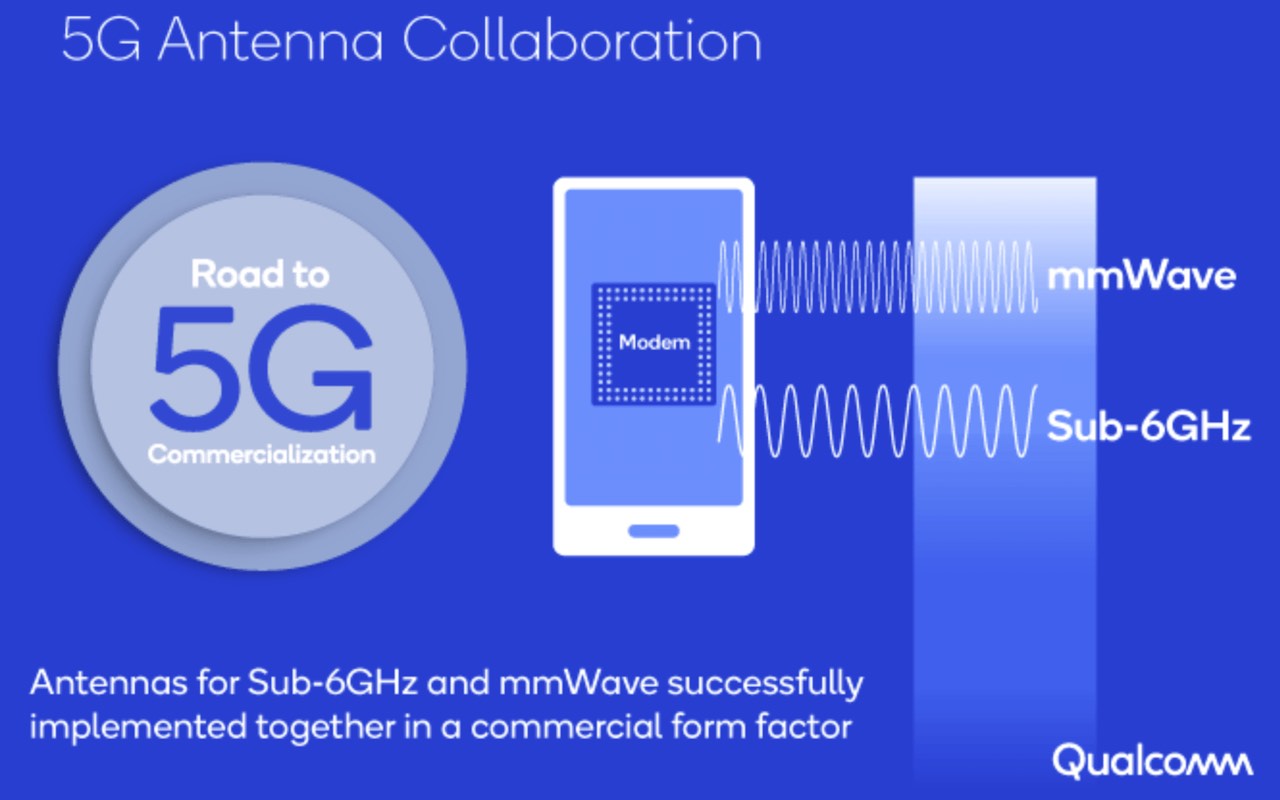
5G
“5G technology” is a big tech buzz-term you will hear a lot about in 2019.
The next generation of cellular communication actually has two components. 5G can transmit over low frequencies (existing cellular bands) for a 25% to 50% gain in speed over 4G LTE. The big win is in high-frequency bands using “millimeter wave” broadcasting to achieve speeds up to 20 times faster than 4G.
However, this requires cellular providers to greatly expand their infrastructure, so the faster 5G will take longer to be rolled out as a mainstream service.
5G smartphones are coming in 2019, but not from Apple. Qualcomm will have 5G modems in smartphones from Samsung and others, but since the iPhone no longer uses Qualcomm components, Apple fans will be forced to wait until 2020 for Intel to catch up. Limited 5G networks started to roll out across the U.S. in 2018, but the service will really begin to expand this year, with national coverage slated to come in 2020. Also expect to start hearing buzz about 5G wireless replacing cable for home broadband internet services – something that could shake up the telecommunication industry.

Wi-Fi 6
The other wireless standard you can expect to hear a lot about in 2019 is Wi-Fi 6.
The Wi-Fi Alliance – a group of companies responsible for overseeing Wi-Fi technology – concluded that consumers find current Wi-Fi naming standards confusing. Do you know if 802.11ac is better than 802.11g? To solve that issue, they are switching to a new naming convention. The current standard (802.11ac) becomes Wi-Fi 5. And in 2019, we’ll start to see equipment that supports Wi-Fi 6.
Wi-Fi 6 promises faster speeds, increased capacity so wireless networks can manage more connected devices, and better performance in dense environments including public spaces such as arenas and malls.
Wi-Fi 6 also is tweaked specifically to lower the battery usage in connected devices, in a nod to the growing popularity of battery-powered smart home products such as sensors, cameras and door locks.

Folding Smartphones
Will a folding display be the next notch, the must-have smartphone feature that ends up being copied by everyone in the business?
If Samsung and others have their way … yes.
In November 2018, Samsung showed off its Flex Display technology, which the company says will be coming on a foldable smartphone sometime in the first half of 2019. But it won’t be the first to market. Royole’s FlexPai smartphone with a folding OLED display began shipping in the final days of 2018.
The question is, will these first folding smartphones be the start of a big trend in 2019, or will consumers shrug and decide they don’t want to pay a premium for a device that combines a smartphone and tablet in one? Investors will want to watch this trend to see if it results in real numbers, but one thing is for certain: You’ll hear plenty about folding smartphones in the coming months as manufacturers push you to upgrade.
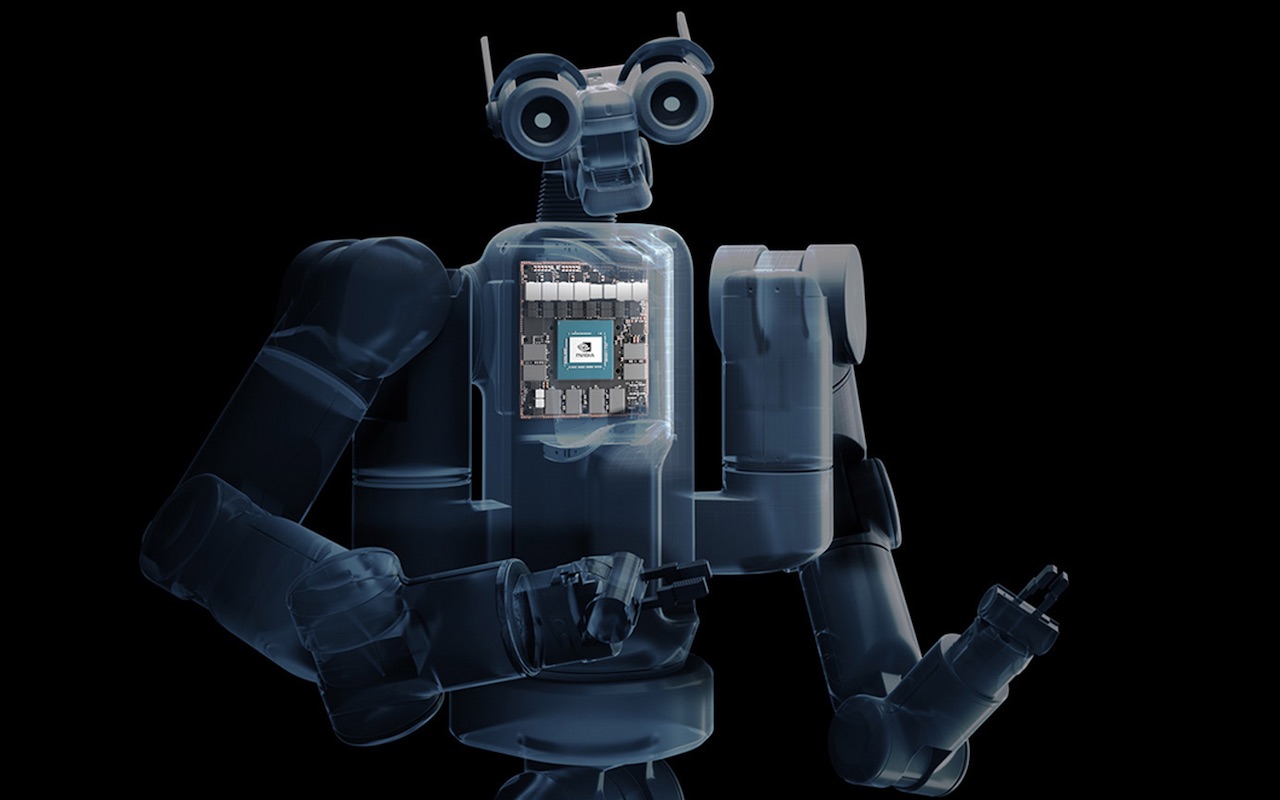
Continued AI Development
Artificial intelligence has been one of the most prominent tech trends in recent years, and it accelerated in 2018. AI is a big part of what makes digital assistants like Alexa and Siri smart, it powers the incredible new Night Sight mode on Google’s Pixel smartphone cameras and facial recognition systems being tested by law enforcement agencies, and it’s critical to the development of self-driving cars.
Tech-sector companies invested heavily in AI in 2018, and expect investment and development to continue in 2019.
Google will use AI to make your search results better, Apple will work hard to make Siri more competitive with Alexa and Google Assistant, Amazon will leverage artificial intelligence to recommend more products to you, and Tesla (TSLA) says its custom AI chip for autonomous driving is “coming to fruition.”

Streaming Video Game Systems
The next generation of video game consoles – the successors to Microsoft’s (MSFT) Xbox One and the Sony (SNE) PlayStation 4 – aren’t expected until 2020.
But 2019 will be far from quiet on the video-game front.
Expect to hear a lot about new video-game streaming options. In October, Google announced Project Stream, a new service that makes high-end PC video games playable on a basic PC using the company’s Chrome web browser. The initial test phase saw Assassin’s Creed Odyssey streaming in 1080p resolution at 60 fps. Expect Project Stream to expand in 2019, offering gamers an inexpensive option for playing AAA games without having to invest in a console or gaming PC.
Microsoft’s xCloud service also will start trials in 2019. This cloud-based service will stream Xbox games to multiple devices, including PCs and smartphones.
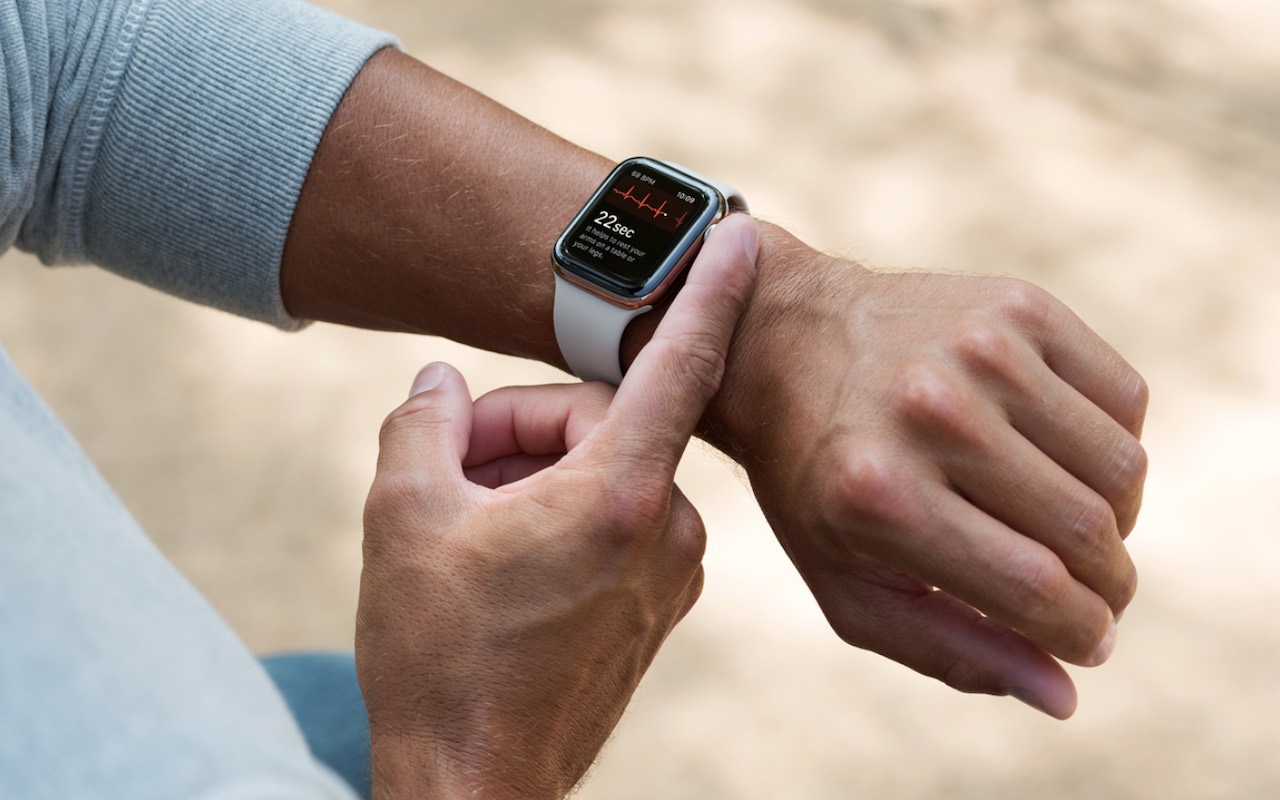
Apple Watch Faces New Competition
Finally, a look at one of tech’s big success stories for 2018: the Apple Watch.
Apple continues to dominate the smartwatch industry, helping to drive 67% year-over-year smartwatch sales growth in the third quarter of 2018. The Apple Watch Series 4 added new, advanced health capabilities, including the ability for users to take an electrocardiogram test.
The Apple Watch has had little real competition outside of Fitbit (FIT). But that may change in 2019.
The combination of smartwatch sales growth, Apple’s ability to charge $399 and up for an Apple Watch, a growing interest from the health-care and health-insurance industries in health-tracking wearables, and a long-awaited new smartwatch chip from Qualcomm open the doors for competition in 2019.
Look for smartwatches equipped with Google’s Wear OS and Qualcomm’s Snapdragon Wear 3100 processor to mount a challenge to the Apple Watch in 2019. With smartwatches moving from a novelty for the tech-obsessed to mainstream devices with the potential to tap into the lucrative health market, the stakes are simply too high now to let Apple build an insurmountable lead.
Get Kiplinger Today newsletter — free
Profit and prosper with the best of Kiplinger's advice on investing, taxes, retirement, personal finance and much more. Delivered daily. Enter your email in the box and click Sign Me Up.

Brad Moon is a tech industry veteran who contributes to a range of publications including Forbes, InvestorPlace and MSN Money and is an original member of the award-winning GeekDad blog. Over the past decade, he has also written about technology for Wired, Gizmodo, Shaw Media, About.com, The Winnipeg Free Press and others.
-
 Two Don'ts and Four Dos During Trump's Trade War
Two Don'ts and Four Dos During Trump's Trade WarThe financial rules have changed now that tariffs have disrupted the markets and created economic uncertainty. What can you do? (And what shouldn't you do?)
By Maggie Kulyk, CRPC®, CSRIC™
-
 I'm Single, With No Kids: Why Do I Need an Estate Plan?
I'm Single, With No Kids: Why Do I Need an Estate Plan?Unless you have a plan in place, guess who might be making all the decisions about your prized possessions, or even your health care: a court.
By Cynthia Pruemm, Investment Adviser Representative
-
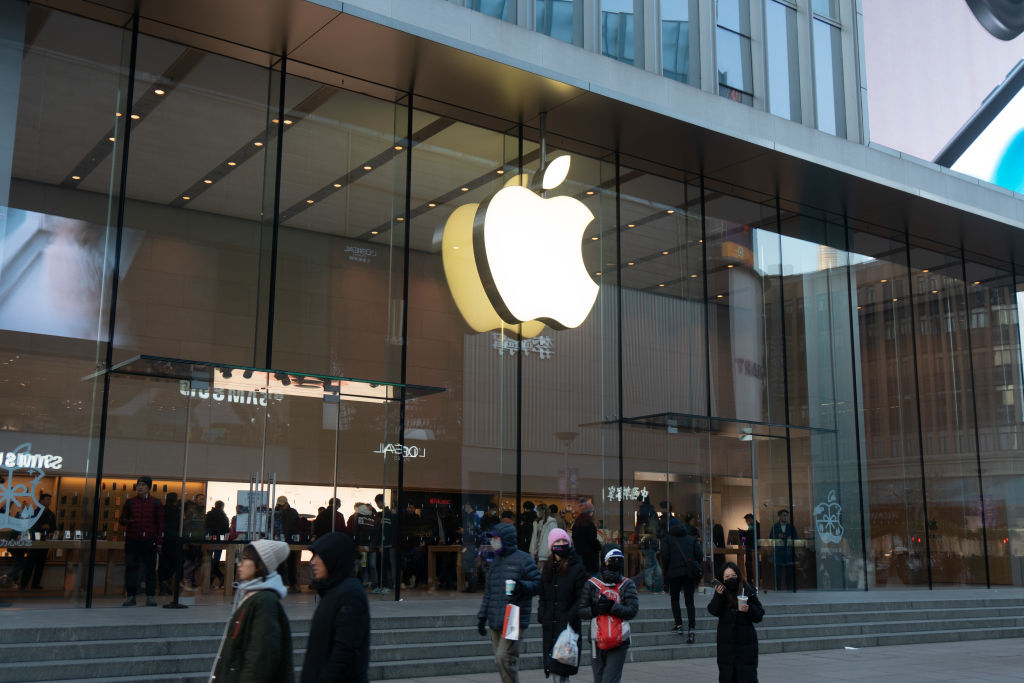 Wall Street Is Worried About Apple Stock. Should You Be Too?
Wall Street Is Worried About Apple Stock. Should You Be Too?Analysts expect Trump's sweeping tariffs to have an outsized impact on Apple stock. How concerned should investors be?
By Karee Venema
-
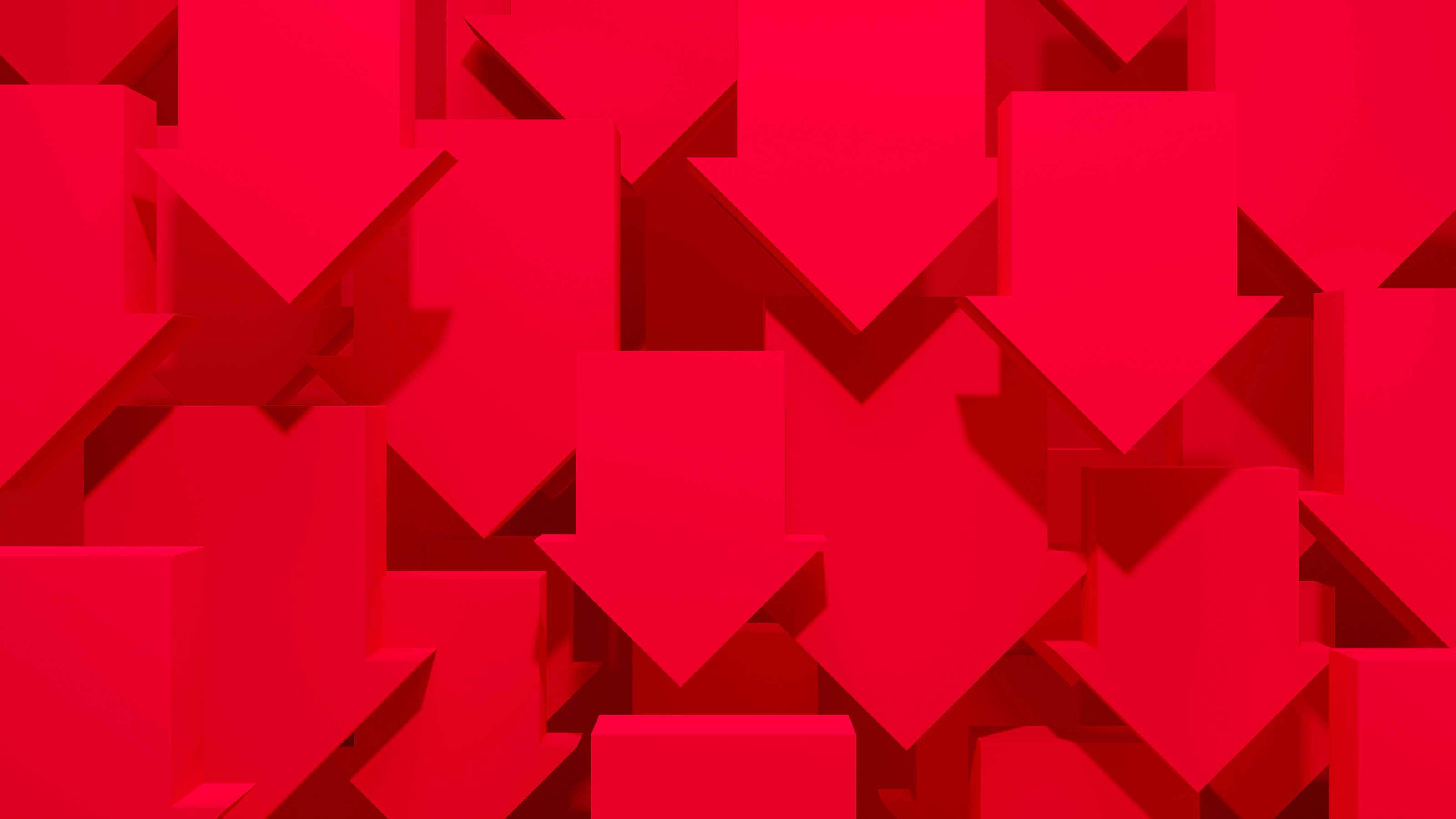 The Stock Market Is Selling Off. Here's What Investors Should Do
The Stock Market Is Selling Off. Here's What Investors Should DoInvestors started fleeing the equities market en masse in response to the Trump administration's "jaw-dropping" tariffs. But the experts say don't panic.
By Karee Venema
-
 Should You Sell Tesla Stock as Elon Unrest Grows?
Should You Sell Tesla Stock as Elon Unrest Grows?Tesla's CEO is wearing many hats and is managing them "with great difficulty."
By David Dittman
-
 5 of Warren Buffett's Best Investments
5 of Warren Buffett's Best InvestmentsWarren Buffett has had plenty of wins throughout his decades of investing. Here, we highlight five of Buffett's best investments.
By Kyle Woodley
-
 Apple's 100,000% Return Is a Result of Innovation, Brand Loyalty and Buybacks
Apple's 100,000% Return Is a Result of Innovation, Brand Loyalty and BuybacksApple spends billions buying back its own shares, but this is just one catalyst behind the incredible growth in its share price.
By Louis Navellier
-
 Stock Market Today: Stocks Struggle After Trump's EU Tariff Threats
Stock Market Today: Stocks Struggle After Trump's EU Tariff ThreatsStocks pared early gains after Trump threatened the European Union with 25% tariffs.
By Karee Venema
-
 Stock Market Today: Dow Gains After Nike Gets Upgraded
Stock Market Today: Dow Gains After Nike Gets UpgradedJefferies thinks Nike's new CEO will spark a turnaround in the beaten-down blue chip.
By Karee Venema
-
 Best Investments to Sidestep Trump's Trade War
Best Investments to Sidestep Trump's Trade WarThese ETFs are well-designed to weather rising U.S. protectionism and retaliatory tariffs.
By Jeff Reeves
